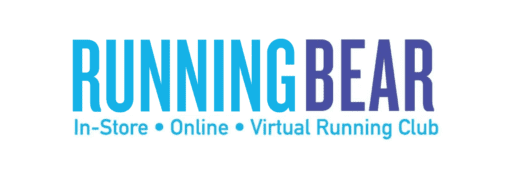What is the right shoe for me?
Runners all have different needs.
Running is a sport for everyone - and runners are all different shapes and sizes - not only in our build but also in our feet. This means our trainer needs are not the same; for running, we require trainers of different shapes, sizes, and stability levels to prevent injury and enjoy the exercise!.
What are some things to consider when looking at running shoes?
-
- Size - Both length and width.
- Purpose - What do you need the shoe for? Long distances or shorter, faster runs?
- Support - Do you require support and stability in your shoe? Learn more about pronation here!
- Lacing - Do you require your shoes to be laced differently?
- Check our blog article about different Lacing Techniques
- Socks - Could the wrong socks be causing you pain and discomfort?
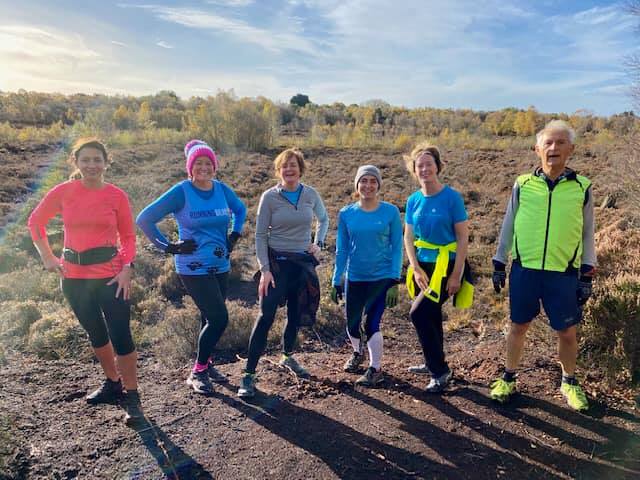
What is Pronation?
At Running Bear, we look at your gait and pronation to determine which pair of shoes is perfect for you.
Pronation refers to the way your foot rolls inward for impact distribution upon landing. It is part of the human body's natural movement, but it differs from person to person. As your foot strikes the ground, it rolls inwards to absorb the shock; as it does this, the arch of your foot supports, on average, three times your body weight. People who roll inward too much or not enough can experience running injuries due to less effective shock absorption (which is often the case with 60% of runners).
There are three different types of pronation - neutral, supination, and over-pronation. According to Asics, 4 in 5 runners risk injury in shoes that don't suit their running style, and therefore it is important to understand your feet and how you run!
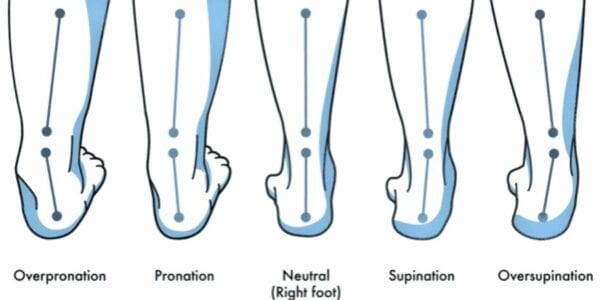
Neutral
If you are a neutral runner, the foot lands on the outside of the heel, then roll inward (pronates) to absorb the shock and support body weight.
Push Off: Even distribution from the front of the foot
Injuries: Shock absorption-related injuries are less likely, due to more effective and balanced shock absorption.
Foot type: Normal size arches
Wear on trainers: S-shaped pattern from the outer heel to the big toe.
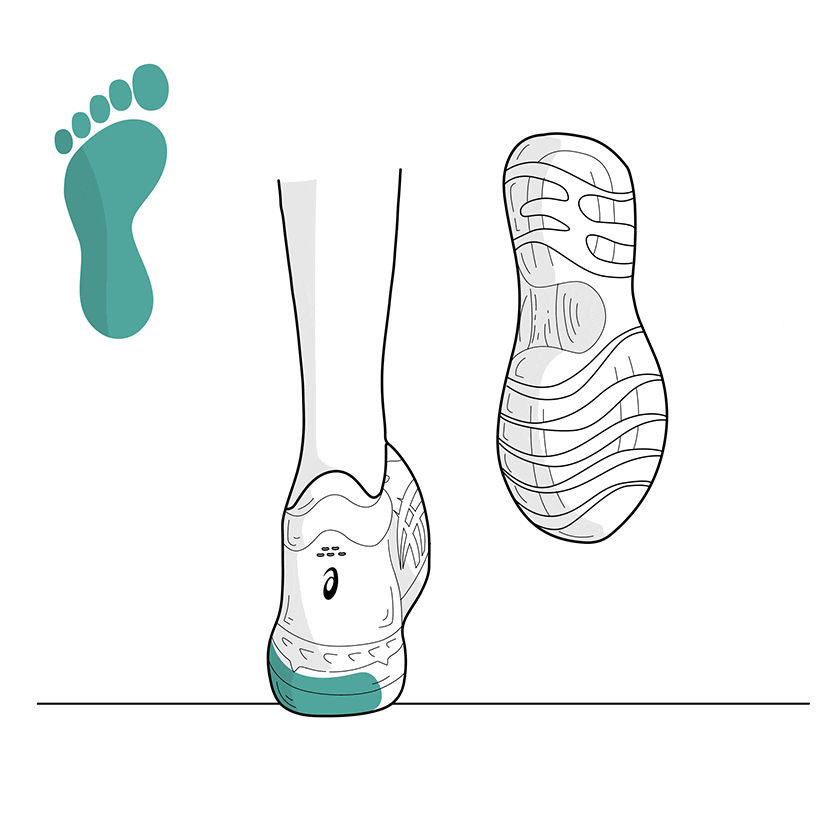
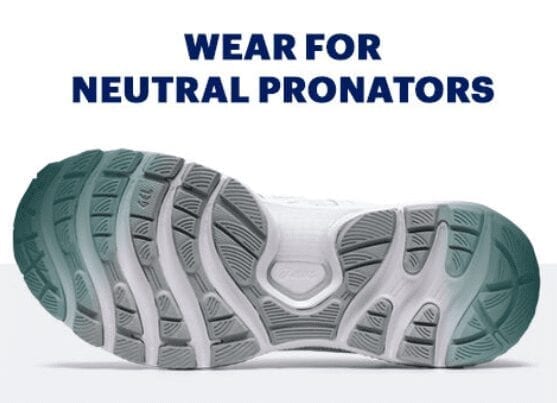
Over Supination
The outer side of the heel hits the ground at an increased angle with little or no inward rolling (pronation), causing a large transmission of shock through the lower leg.
Push off: pressure on smaller toes on the outside of the foot.
Injuries: plantar fasciitis, shin splints, ankle strain
Foot types: High arches
Wear on trainers: Found mostly on the outside edge of the shoe.
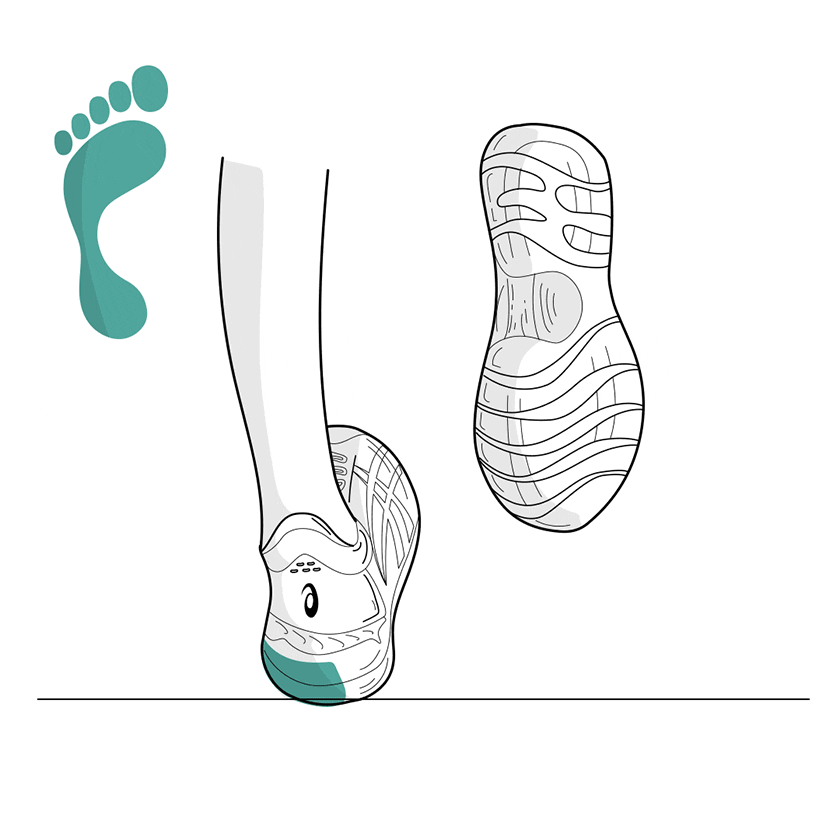
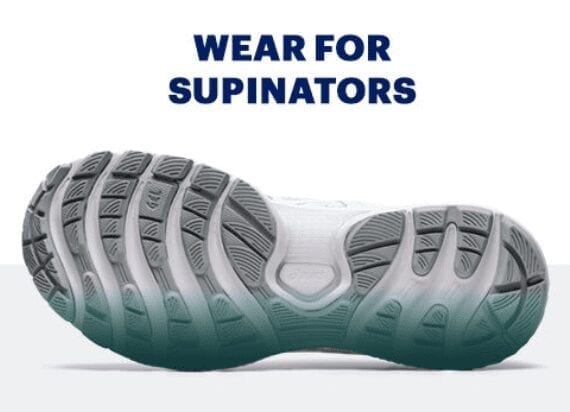
Over Pronation
The foot lands on the outside of the heel, then roll inwards (pronates) excessively, transferring weight to the inner edge instead of the ball of the foot.
Push off: Big toe and second toe do the majority of the work.
Injuries: Shin splints, plantar fasciitis, bunions, heel spurs.
Foot type: low arches or flat feet
Wear on Shoe: Mostly found near the big toe, on the inside of the heel, and under the ball of the foot.
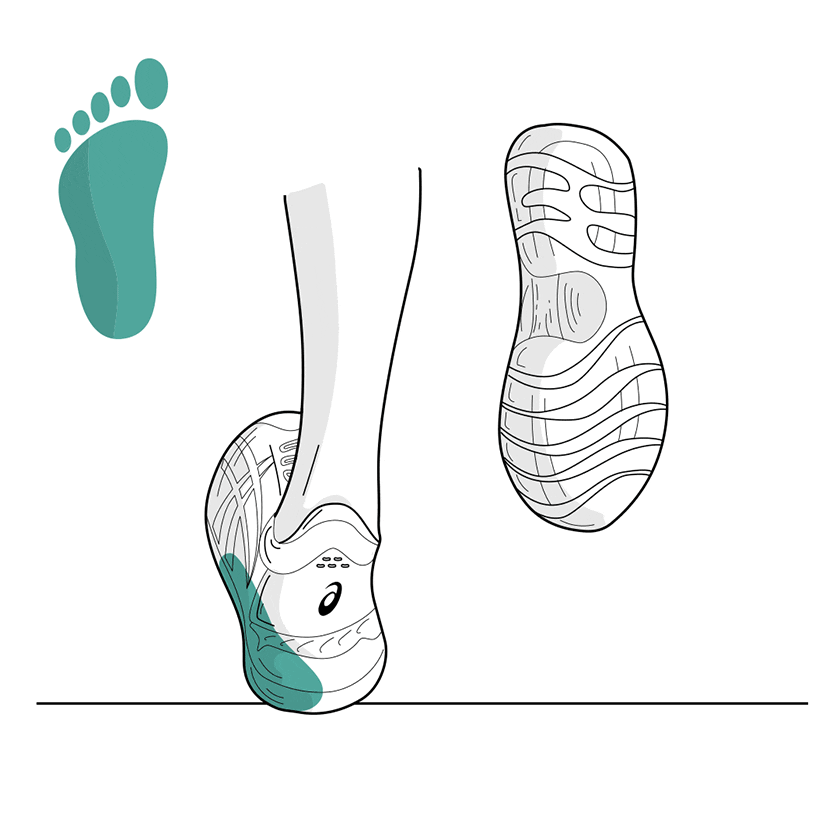
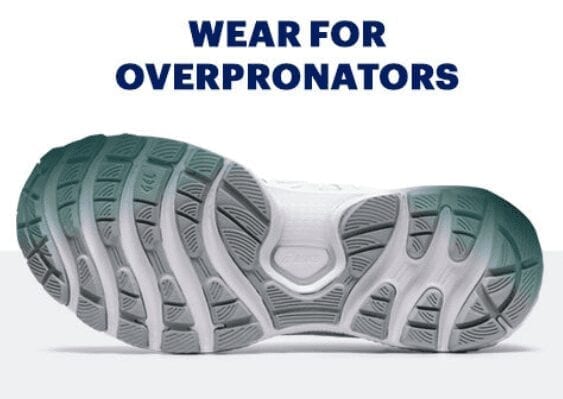
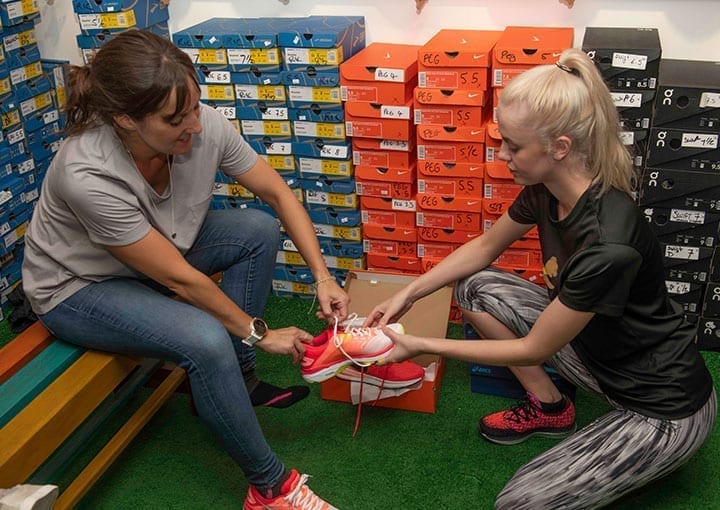
What's next?
Come and visit us at Running Bear, or if you don't live nearby, try our online gait analysis. Our team are experienced shoe specialists and love to spend time with you to find your perfect shoe.
At our shop, we will watch your gait when walking/running and spend the time analysing footage using our expert knowledge to get an idea of what shoe is right for you. With each different brand, you'll find they fit your feet very differently, and it's important to be able to try on trainers as if your feet are too wide or narrow for the shoe, as it can cause a host of issues numbness and pain.
Additionally, different brands size differently length-wise, you can be a 7.5 in one brand but an 8.5 in another - another reason it's crucial to have the right guidance from a shoe specialist!
We make sure we cover all aspects - as every person who comes into our shop has a different level and type of activity from gym work, walking to park run or Ultra Trail. Many runners also have a specific injury past, which we will consider when choosing shoes for you.
When picking shoes, it's great to speak to your running buddies to see what works for them. The same goes for reviews; it's good to get an idea of what you think you'd like. But as we mentioned before, just because the shoe may be perfect for somebody else, the likelihood is your gait will be different from theirs. This is why we recommend getting your own Gait Analysis done to see what is right for you. Then, after the gait analysis, you can work with one of our Bears to explore our stock and see which pair of shoes are the perfect pair for you.
If you have any questions, please feel free to Contact Us, or you can call us at 01625 582130
